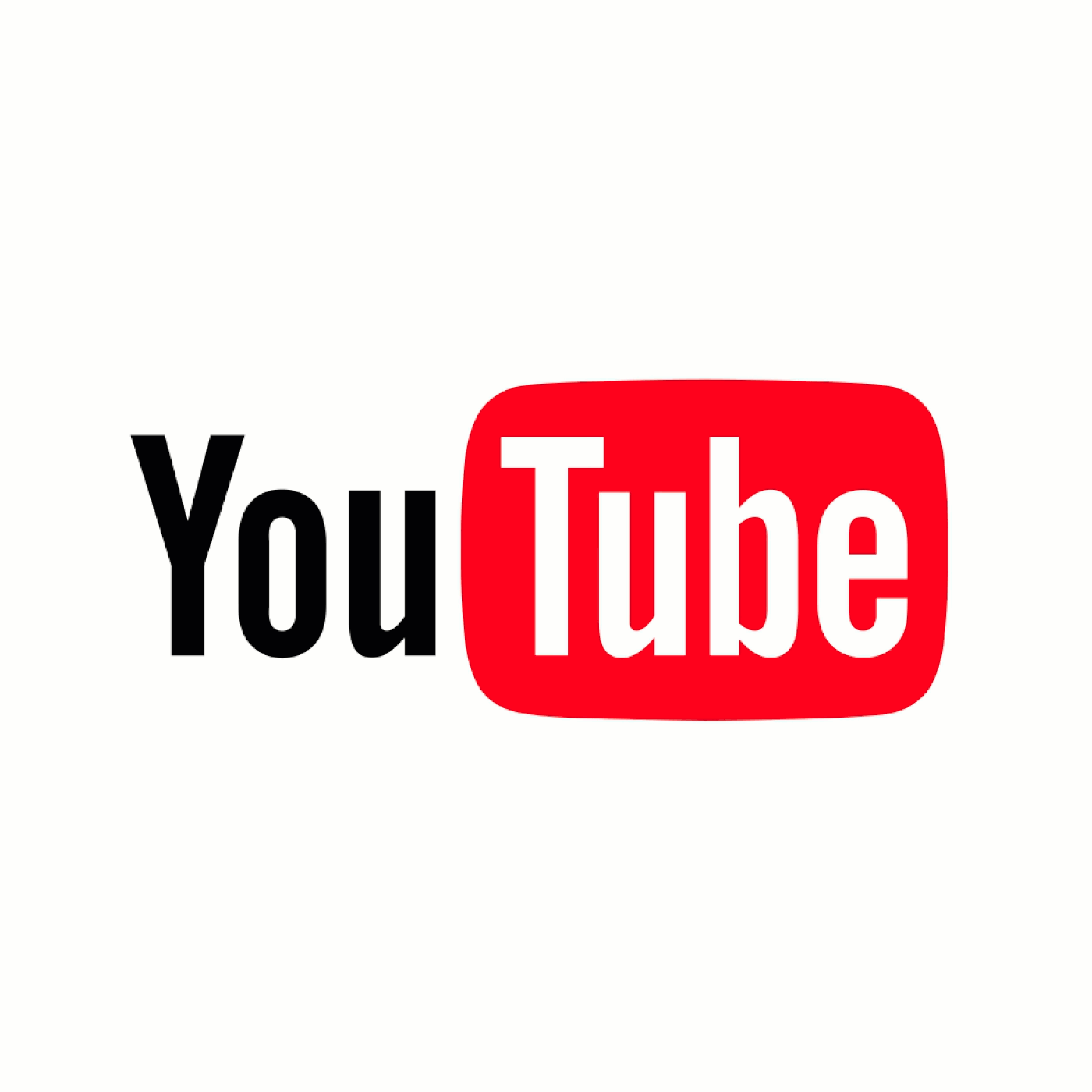Motorcycle Investor mag
Subscribe to our free email news

Ducati
Mike Hailwood Replica Mille
The MHR from Ducati may have been
the best – at least when it came to reliability
(Ian Falloon, March 2025)

Mike Hailwood’s
astonishing victory in the 1978 Formula 1 TT at the
Isle of Man provided Ducati the opportunity to produce
a series of 900cc Mike Hailwood Replicas that
sustained the company between 1979 and 1984. Although
they were expensive to manufacture, Fabio Taglioni
persuaded Finmeccanica director Cosimo Calcagnile to
allow further development of this venerable design.
And despite continuing financial problems this went
ahead during 1982, with the assistance of Ing Massimo
Bordi.
Some of the new developments had appeared on the
1983-84 900 Mike Hailwood Replica, but this final
scene in the bevel-drive opera saw more capacity, and
a forged one-piece crankshaft with plain big-end
bearings. It emerged during 1984, was known as the
Mille, and was arguably the finest rendition of the
series.
Unfortunately for the Mille, its release also
coincided with the takeover of Ducati by Cagiva and
its days were numbered before it even began. The
economics of producing the bevel-drive engine didn’t
add up and the Castiglionis saw Ducati’s future with a
new 8-valve water-cooled, fuel-injected twin. In
hindsight it’s difficult to argue with that logic and
the Mille is now left as a rare example of the end of
a magnificent line.

The Mille’s die-cast aluminium crankcases were
ostensibly the same as for the 1983-84 900 MHR but the
lubrication system now incorporated a larger spin-on
oil filter, with an oil pressure switch and a bypass
valve. With a bore and stroke of 88 x 78mm, giving
973cc this was the largest incarnation yet of the
design that had originated as a 750 back in 1971, the
extra capacity providing impressive mid-range power.
This was evidenced by only a moderate increase in
claimed horsepower, to 76 horsepower at 6700rpm, but a
massive increase in torque.
The latter increased from the 7.9kg-m at 6000rpm of
the 900 to 8.6kg-m at only 5500rpm for the Mille. As
the roller bearing crank of the 900 was shrouded by a
stigma of unreliability, Taglioni turned to the
Pantah-style crankshaft that had already proved
outstandingly reliable. With this crankshaft it was
also relatively easy to increase the stroke, in this
case 3.6mm.

While retaining the same ball main bearings as had
featured in the first 750, the forged one-piece
crankshaft saw an increase in the journal size to
45mm. The con-rods were two-piece and the crankshaft
shimmed for zero end-float on both sides rather than
only the drive side as before. In order to keep the
external engine dimensions unchanged, the con-rod
length was the same 145-mm as before. The increase in
angular con-rod movement due to the extreme con-rod
length to stroke ratio was not as critical with plain
bearings. With this new crankshaft came an increase in
strength and reliability hitherto unknown with
bevel-drive Ducati engines.
Accompanying the increase in stroke was a 2mm bore
increase, the forged 9.3:1 pistons now 88mm. This was
a traditional Ducati piston size and featured on many
905cc NCR endurance racers. To provide con-rod
clearance these three-ring pistons had 2mm shorter
skirts and the wristpins were located further towards
the crown. Cylinders were Gilnisil, and were matched
to the pistons. There were also new, stronger,
cylinder head studs.

While other Ducatis featured a more modern cylinder
head design, with a 60-degree included valve angle,
the Mille persevered with the arguably obsolete
80-degree valve angle. The valve sizes were increased
with the inlet now up to 42mm, with the exhaust 38mm.
Despite the larger valves the Mille still didn’t
breathe effectively. There were correspondingly larger
valve seats but all the other cylinder head
specifications were unchanged, including camshafts.
Although the square-case camshaft gear drive system
was retained, the oil pump was considerably uprated.
The 38-tooth oil pump drive gear was now driven
directly from the 28-tooth crankshaft gear as the
larger oil pump body didn’t allow room for the
additional drive gear. The Bosch ignition and Motoplat
coils were unchanged from the final 900.
For the first time since the 750 Super Sport of 1973,
there was a change to the primary drive ratio. In an
endeavour to reduce the torque on the gearbox the
primary drive was raised to speed up the dry clutch.
A new three-dog gearbox included different ratios.
While fourth and fifth remained as before, the three
lower ratios were widened, resulting in a large gap
between first and second. This virtually rendered
first gear unusable for anything other than an initial
take off. Even the gap from second to third gear was
uncomfortably high, making fast downshifting
difficult. As there was such impressive power between
3000 and 7000rpm the Mille didn’t require much gear
changing on the road.

I was fortunate to spend quite a lot time riding a
Mille during 1985 and there was no other Ducati engine
at the time that could match a Mille in the mid-range.
It was intoxicating. I absolutely grew to love it and
over the subsequent years have owned several Mille
MHRs.
Taglioni and Bordi obviously expected problems with
the 900’s electric start mechanism so while retaining
the small Nippon Denso starter motor they revised the
drive gears to provide an improved starting ratio.
Unfortunately this still wasn’t enough to overcome the
additional friction of the plain bearings and larger
cylinders and the Mille sometimes remained a reluctant
starter.

Like the bevel-drive twin cylinder engine, the chassis
was a relic of the 1970s, updated for the 1980s. And,
as with many 1970s designs dragged into the next
decade, it wasn’t an entirely successful exercise.
While only small details separated the chassis and
cycle parts from the earlier 900 MHR and Super Sport,
the Mille was taller and larger, with more ponderous
handling. The wheelbase stretched out to 1500mm and
the wet weight was well over 220kg.

Production of the Mille Mike Hailwood Replica ended in
early 1986, but even at this late stage it was still
not decided whether production would cease. I saw
several Mille MHRs at the factory in January 1986,
these sporting new elephant Cagiva decals. I was also
shown a prototype with a 16-inch front wheel, which
fortunately never made it into production.
As the ultimate development of the classic bevel twin,
the Mille deserves a special place. It is imposingly
good looking, relatively rare, and potentially the
most reliable of the genre.

Good
Most reliable of the breed
Looks good
Fast enough to be entertaining
Bad
Taller and longer than earlier versions
1970s dynamics
SPECS: 1984-86 Ducati MHR Mille
ENGINE:
TYPE: air-cooled, two-valves-per-cylinder, 90-degree
V-twin, Desmodromic
CAPACITY: 973c
BORE & STROKE: 88 x 80mm
COMPRESSION RATIO: 9.3:1
FUEL SYSTEM: 40mm Dell 'Orto PHM x 2
TRANSMISSION:
TYPE: Five-speed, constant-mesh,
FINAL DRIVE: Chain
CHASSIS & RUNNING GEAR:
FRAME TYPE: Steel trellis
FRONT SUSPENSION: 38mm Marzocchi
REAR SUSPENSION: 2 x Marzocchi with
preload adjustment
FRONT BRAKE: 2 x 280mm discs with
2-piston Brembo calipers
REAR BRAKE: 260mm disc with single-piston Brembo
caliper
DIMENSIONS & CAPACITIES:
DRY WEIGHT: 196kg
SEAT HEIGHT: 800mm
WHEELBASE: 1500mm
FUEL CAPACITY: 18lt
TYRES:
FRONT: 110/90-V18
REAR: 130/90-V18
PERFORMANCE:
POWER: 56kW (76hp) @ 6700rpm
TORQUE: 84Nm @ 5800rpm
OTHER STUFF:
PRICE WHEN NEW: Au$7700 (US$4900, GB£3800) plus ORC
-------------------------------------------------
Produced by AllMoto abn 61 400 694 722
Privacy: we do not collect cookies or any other data.

Archives
Contact




